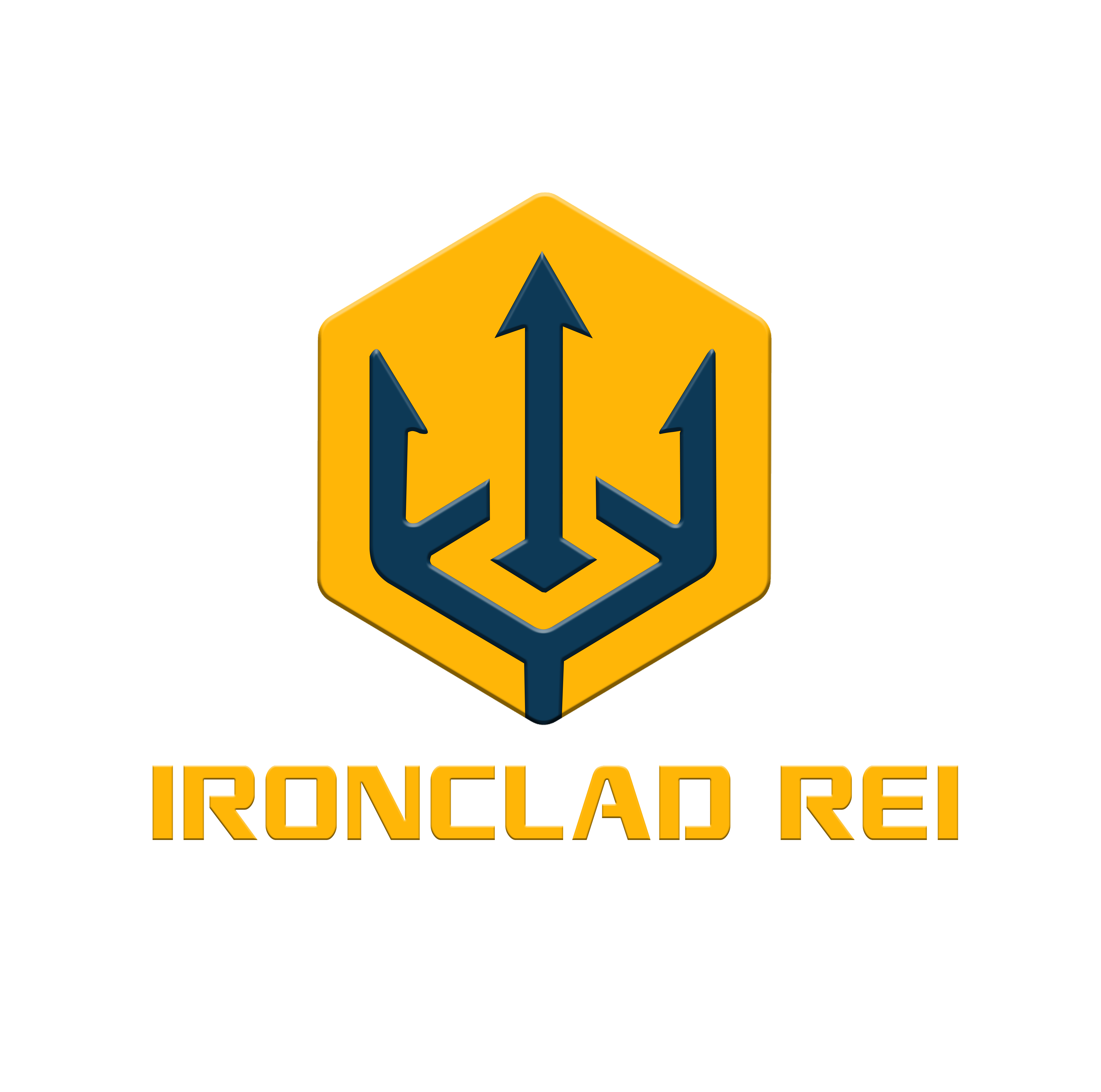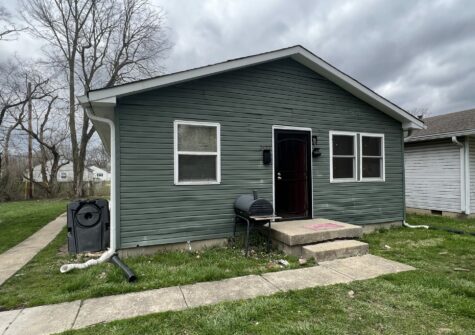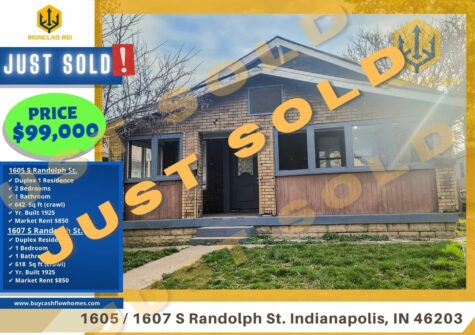A HELOC, or Home Equity Line Of Credit, is somewhat like a mortgage or a home equity loan. The difference between a mortgage and a HELOC is that while a mortgage is a loan for a fixed amount, a HELOC is a guarantee of a loan that can go up to a maximum amount. Also, while a mortgage is lend to the borrower at a set date, a HELOC can be borrowed from at a time or times of the borrower’s choosing.
HELOCs have a number of benefits. For example, a borrower who owns rental properties can use funds from the HELOC to improve the rental properties. They can also be used for such things as debt consolidation. Some borrowers will use a HELOC to purchase more property or to make other types of investments. Another benefit of a HELOC is that the interest on the loan can be considered as a rental expense, which as tax benefits. One drawback to a HELOC is that if borrowing against a rental property or other investment properties, banks will be less likely to issue a loan, since such borrowers are more likely to default.
If a HELOC won’t work for you, there are other alternatives such as a traditional home equity loan, a cash out refinance, or a personal loan.
Leverage the equity in your property to increase its value, or fund more properties. #Ironclad
Key Points:
- 1A HELOC uses the equity in a home or investment and provides homeowners or investors with extra cash.
- 2One challenge that comes with using a HELOC for an investment property is finding a qualified lender.
- 3One lesser-known benefit of using a HELOC is to consolidate debt.
See the original at: https://www.fortunebuilders.com/heloc-on-investment-property/




